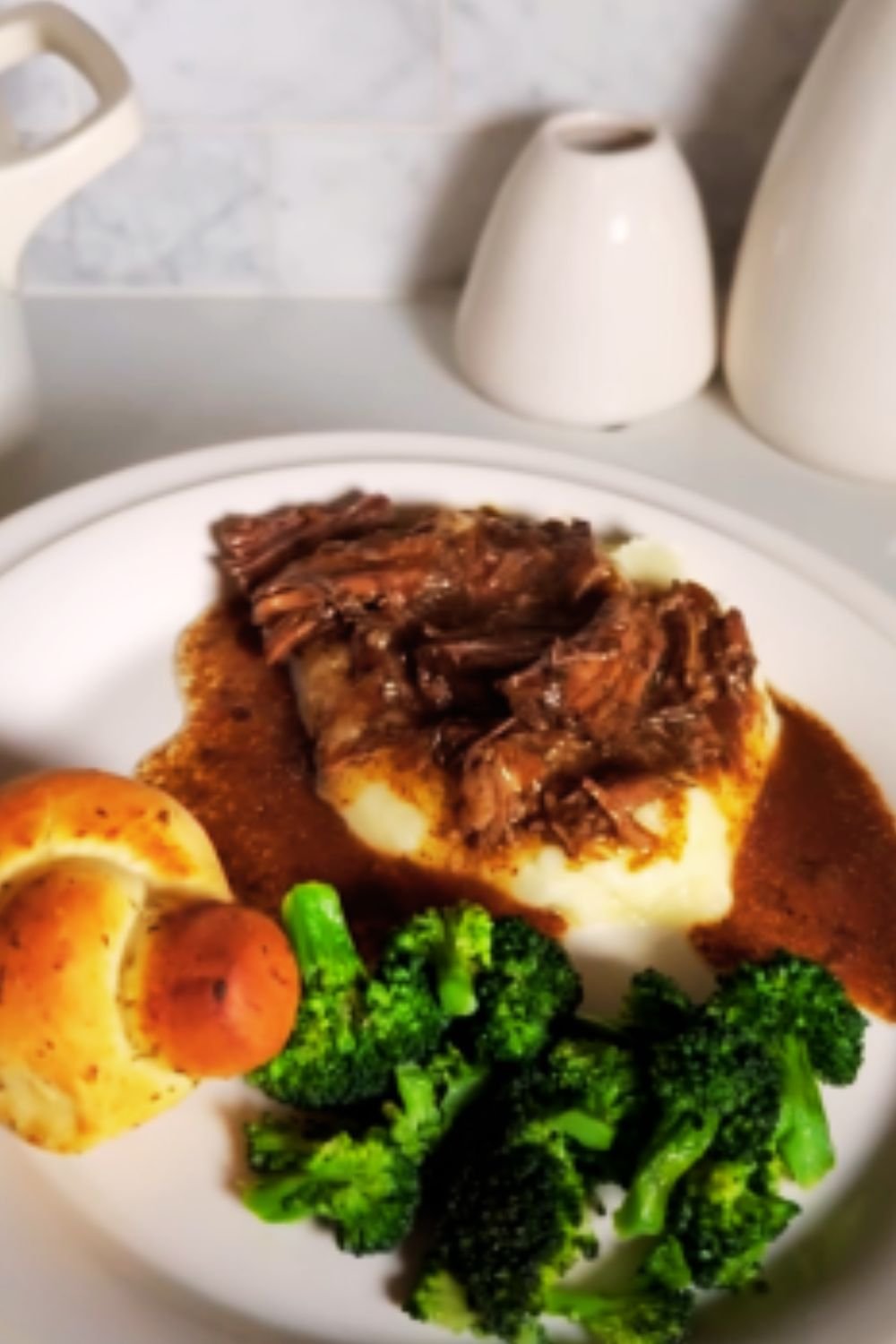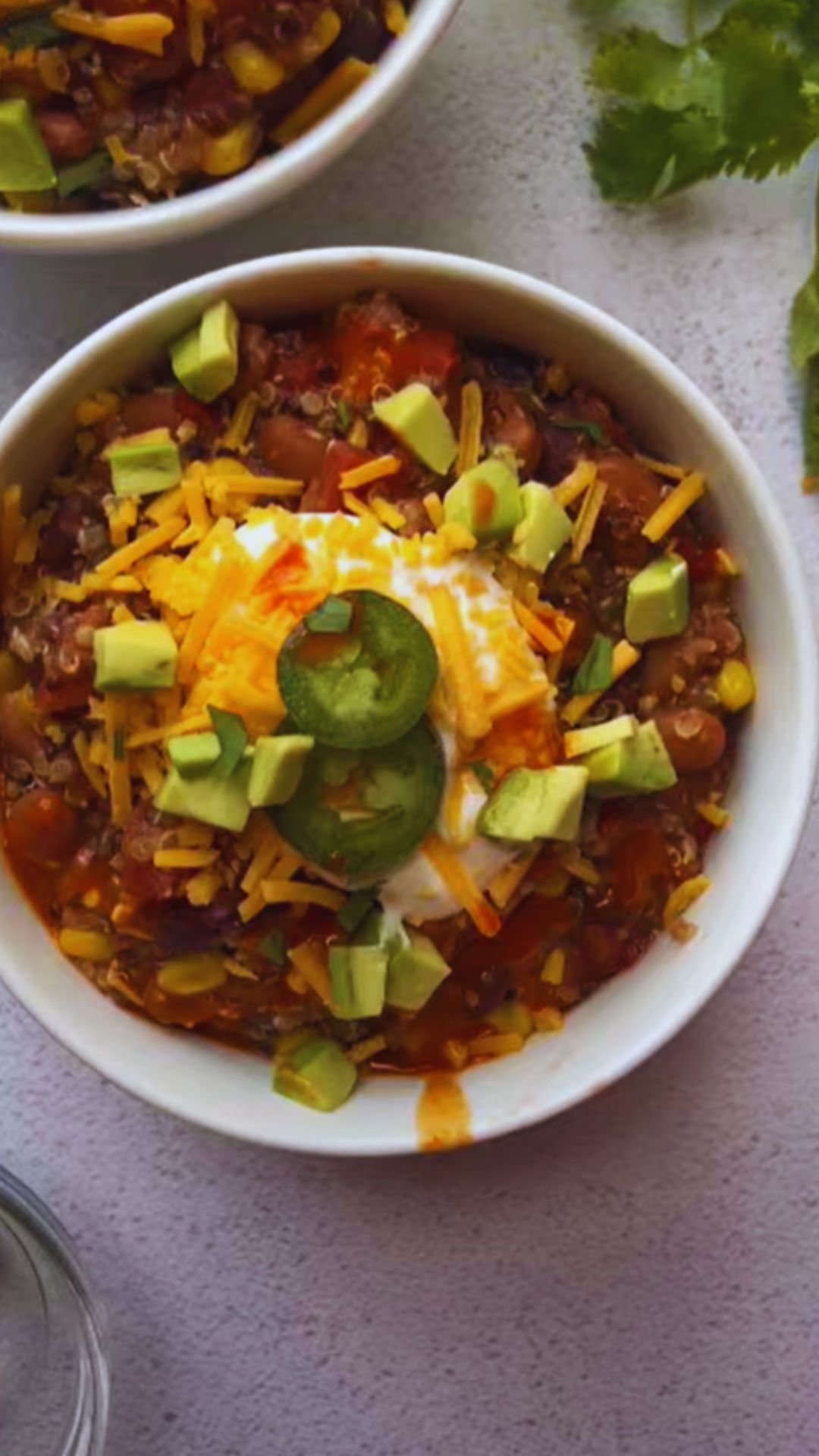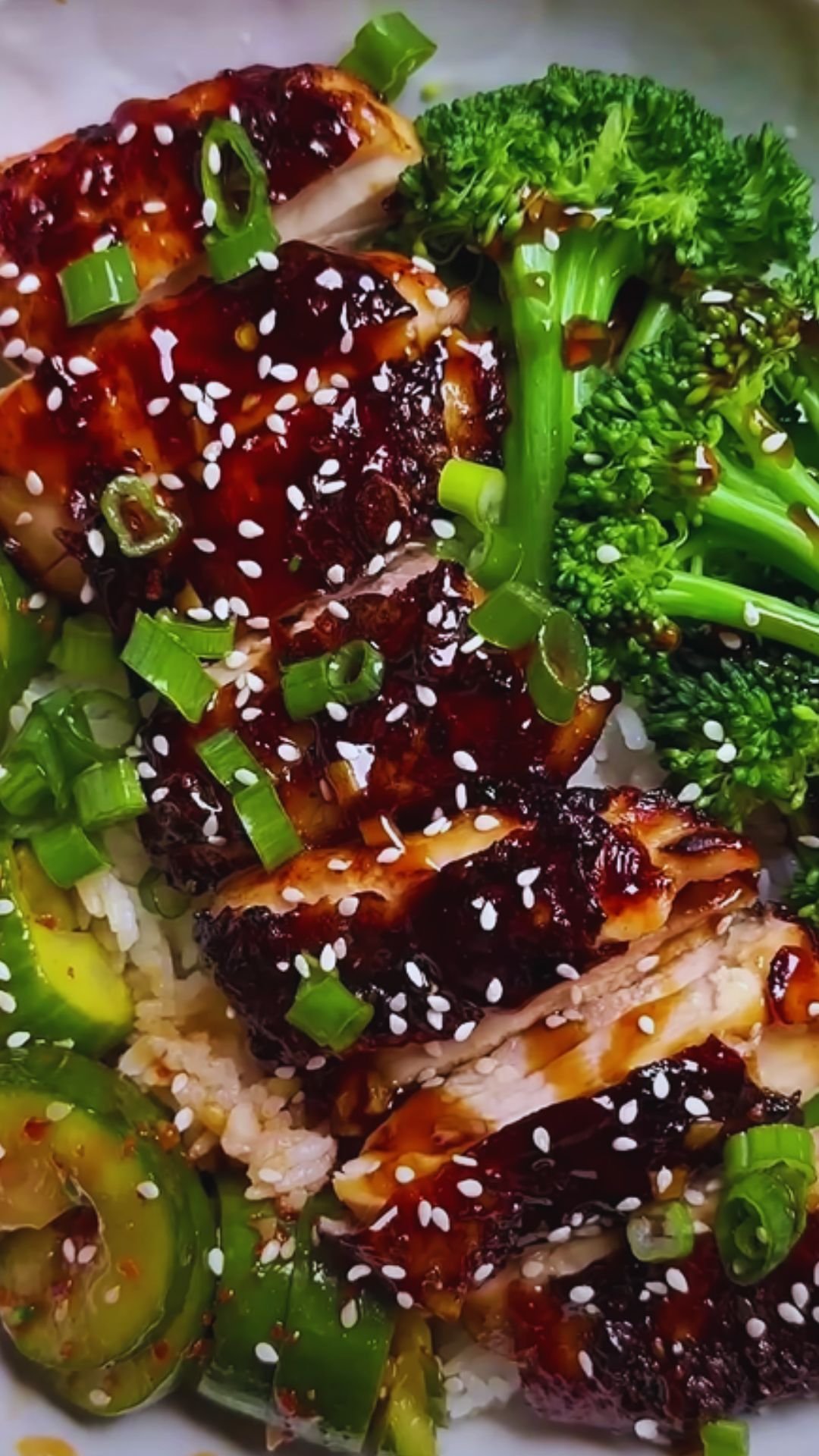I’ve been cooking for my family for over 15 years, and if there’s one dish that consistently brings everyone to the table with eager anticipation, it’s my slow cooker pot roast. There’s something magical about walking through the door after a long day and being greeted by the rich, savory aroma of beef that’s been slowly tenderizing for hours. In this article, I’ll share my perfected pot roast recipe along with all the tips and tricks I’ve learned along the way.
The Appeal of Slow Cooker Pot Roast
When I first started cooking, pot roast intimidated me. Getting that perfect balance of tender meat without it falling apart completely seemed like culinary sorcery. Then I discovered the slow cooker method, and everything changed. The gentle, consistent heat transforms even budget-friendly cuts into fork-tender perfection while you go about your day.
What makes slow cooker pot roast so special? It’s a one-pot wonder that delivers:
- Rich flavor development through low, slow cooking
- Tender, juicy meat that practically melts in your mouth
- A complete meal with vegetables that absorb all those wonderful juices
- Minimal hands-on time (about 20 minutes of prep!)
- Make-ahead convenience for busy weeknights or Sunday dinners
Choosing the Right Cut of Beef
I learned through much trial and error that not all beef cuts are created equal when it comes to pot roast. The best choices are tougher cuts with plenty of connective tissue and marbling that break down during long cooking.
Best Beef Cuts for Pot Roast
| Cut | Characteristics | Cooking Notes | Approx. Cost |
|---|---|---|---|
| Chuck Roast | Well-marbled with connective tissue | My top choice; becomes fall-apart tender | $5-7 per pound |
| Bottom Round Roast | Leaner than chuck but still flavorful | Slices well; slightly less tender than chuck | $4-6 per pound |
| Brisket | Very flavorful with a distinctive grain | Can shrink considerably; rich flavor | $6-8 per pound |
| Shoulder Roast | Similar to chuck with good marbling | Excellent flavor; may need longer cooking | $5-7 per pound |
| Rump Roast | Leaner but flavorful | Good for those who prefer less fat | $5-6 per pound |
My personal favorite is chuck roast. I find it has the perfect balance of fat and connective tissue that transforms into that melt-in-your-mouth texture we all crave. Plus, it’s often on sale, making it budget-friendly for feeding a crowd.
Essential Ingredients
Before I share my recipe, let’s review the core ingredients that make a pot roast truly spectacular:
Base Ingredients:
- 3-4 pound beef chuck roast
- 2 tablespoons vegetable oil (for searing)
- 1 cup beef broth
- 1 medium onion, quartered
- 3-4 carrots, cut into 2-inch pieces
- 3-4 medium potatoes, quartered
- 2-3 celery stalks, cut into 2-inch pieces
- 4-5 garlic cloves, minced
- 2 bay leaves
- 1 tablespoon Worcestershire sauce
- 1 tablespoon tomato paste
- Fresh herbs (rosemary, thyme)
Seasoning Mix:
- 1 tablespoon kosher salt
- 1 teaspoon freshly ground black pepper
- 1 teaspoon garlic powder
- 1 teaspoon onion powder
- ½ teaspoon dried thyme
- ½ teaspoon dried rosemary
- ½ teaspoon paprika
My Foolproof Slow Cooker Pot Roast Recipe
Here’s my tried-and-true method that delivers perfect results every time:
Preparation Steps
- Take the chuck roast out of the refrigerator 30-45 minutes before cooking to bring it closer to room temperature.
- Mix all seasoning ingredients in a small bowl.
- Pat the roast dry with paper towels (this is crucial for a good sear).
- Rub the seasoning mix all over the roast, pressing it into the meat.
Cooking Method
- Heat vegetable oil in a large skillet over medium-high heat until shimmering.
- Carefully place the seasoned roast in the hot pan and sear each side for 3-4 minutes until deeply browned. This step is non-negotiable for me—it creates that beautiful flavor base!
- While the meat is searing, place quartered onions in the bottom of your slow cooker.
- Transfer the seared meat to the slow cooker, placing it on top of the onions.
- In the same skillet used for searing, add a splash of beef broth and use a wooden spoon to scrape up all those flavorful brown bits (deglazing). Add tomato paste and stir until combined.
- Pour this mixture into the slow cooker along with remaining beef broth and Worcestershire sauce.
- Add minced garlic, bay leaves, and fresh herb sprigs around the roast.
- Cover and cook on LOW for 6-7 hours.
- At the 4-hour mark, add the carrots, potatoes, and celery around the roast.
- Continue cooking for the remaining 2-3 hours until vegetables are tender and meat easily shreds with a fork.

The Science Behind Perfect Pot Roast
Over the years, I’ve become fascinated with why pot roast works the way it does. Understanding the science has helped me perfect my technique:
Collagen Breakdown
Tough cuts like chuck roast contain abundant collagen—a protein that makes meat tough. When cooked low and slow (around 190-205°F internal temperature), collagen transforms into gelatin, creating that melt-in-your-mouth texture. This process takes hours, which is why quick-cooking methods don’t work for these cuts.
Maillard Reaction
When I sear the meat before slow cooking, I’m initiating the Maillard reaction—a chemical reaction between amino acids and reducing sugars that creates hundreds of flavor compounds. This is why that browning step is so crucial for depth of flavor.
Flavor Infusion
As the meat and vegetables cook together for hours, water-soluble flavor compounds are exchanged between ingredients. The vegetables absorb meaty flavors while contributing their own sweetness and complexity to the dish.
Common Mistakes to Avoid
I’ve made plenty of pot roast blunders over the years. Here are the pitfalls to avoid:
- Skipping the sear: A pale, unseared pot roast lacks depth of flavor.
- Using lean cuts: Without enough fat and connective tissue, you’ll end up with dry, stringy meat.
- Adding vegetables too early: They’ll turn to mush by the time the meat is done.
- Opening the lid frequently: Each peek releases heat and steam, extending cooking time.
- Not seasoning adequately: Pot roast needs generous seasoning; the flavors mellow during cooking.
- Cooking on HIGH instead of LOW: The gentle heat of the LOW setting is key for breaking down tough fibers properly.
- Not allowing enough time: Rushing pot roast defeats the purpose; plan for at least 8 hours start to finish.
Variations to Try
While my classic recipe is a household favorite, I love experimenting with these variations:
Italian-Style Pot Roast
Add 1 cup of red wine, 1 can of diced tomatoes, 2 tablespoons of Italian seasoning, and swap the potatoes for bell peppers. Serve over polenta or pasta for a delicious twist.
French Onion Pot Roast
Use 3 large onions, sliced thin, as your base. Add 1 tablespoon of better-than-bouillon beef base, 1 cup of beef broth, and a splash of balsamic vinegar. Top with provolone cheese during the last 30 minutes of cooking.
Mississippi Pot Roast
This internet-famous variation uses 1 packet each of ranch seasoning and au jus gravy mix, plus 5-6 pepperoncini peppers and ¼ cup butter. It’s tangy, savory, and absolutely delicious.
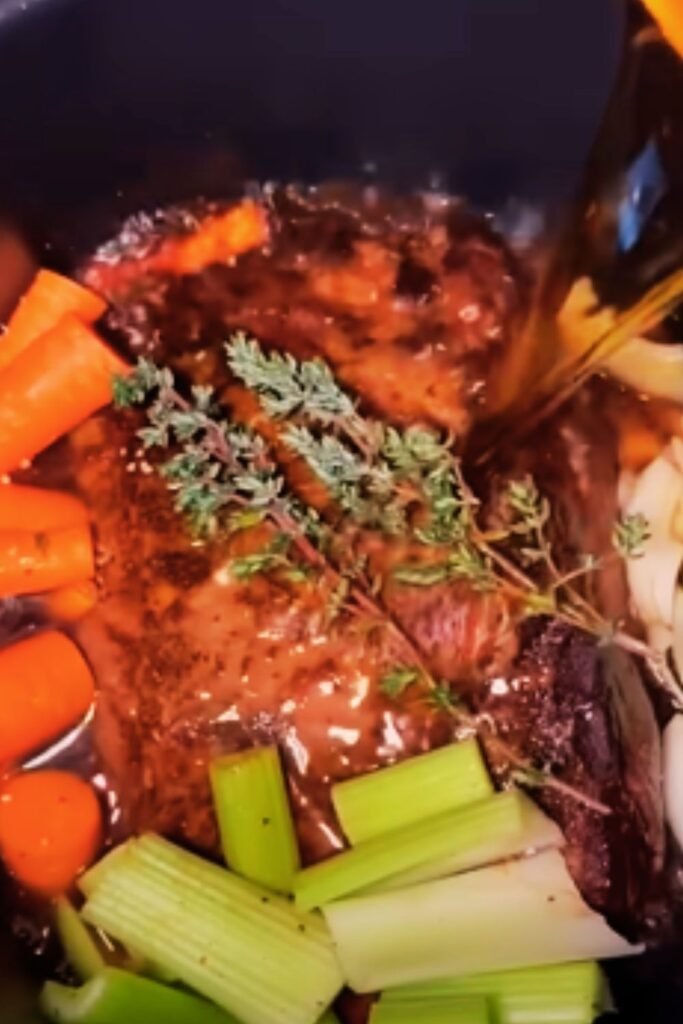
Making the Perfect Gravy
For me, pot roast isn’t complete without thick, flavorful gravy. Here’s my simple method:
- Once the pot roast is done, carefully remove the meat and vegetables to a serving platter and cover with foil to keep warm.
- Strain the cooking liquid into a measuring cup or fat separator.
- Let it sit for a few minutes so the fat rises to the top, then skim off excess fat.
- Pour the defatted liquid into a saucepan and bring to a simmer over medium heat.
- In a small bowl, whisk together 2 tablespoons of cornstarch with 3 tablespoons of cold water until smooth.
- Slowly whisk the cornstarch slurry into the simmering liquid.
- Continue cooking, whisking constantly, until thickened to your preferred consistency (usually 2-3 minutes).
- Taste and adjust seasonings if needed.
Serving Suggestions
I love serving pot roast family-style on a large platter with the vegetables arranged around the meat. Here are some perfect accompaniments:
- Crusty bread or dinner rolls for sopping up the gravy
- Horseradish sauce on the side for those who enjoy a kick
- Simple green salad with vinaigrette to balance the richness
- Cranberry sauce for a touch of sweetness
- Mashed potatoes (if you didn’t cook potatoes with the roast)
Make-Ahead and Storage Tips
Pot roast actually improves with time, making it perfect for meal prep:
| Storage Method | Instructions | Duration | Reheating |
|---|---|---|---|
| Refrigerator | Cool completely, store meat and vegetables with gravy in airtight container | 3-4 days | Reheat in slow cooker on LOW for 1-2 hours or stovetop on medium-low |
| Freezer | Cool completely, portion into freezer-safe containers with gravy | 2-3 months | Thaw overnight in refrigerator before reheating |
| Meal Prep | Portion into individual containers with vegetables and gravy | 4 days | Microwave 2-3 minutes, stirring halfway |
I often make pot roast on Sunday for Monday dinner—the flavors develop beautifully overnight, and reheating is a breeze.
Troubleshooting Common Issues
Tough Meat
If your pot roast is tough even after long cooking, it likely needs more time. Return it to the slow cooker and continue cooking on LOW for another 1-2 hours.
Dry Meat
This usually happens with too lean a cut or cooking on HIGH temperature. Next time, choose a well-marbled cut and cook exclusively on LOW.
Bland Flavor
For more robust flavor, try increasing the amount of aromatic vegetables, adding umami boosters like tomato paste or Worcestershire sauce, and ensuring you’ve seasoned adequately before searing.
Greasy Gravy
If your gravy seems too fatty, use a fat separator or the refrigerator method: chill the liquid until fat solidifies on top, then scoop it away before making gravy.
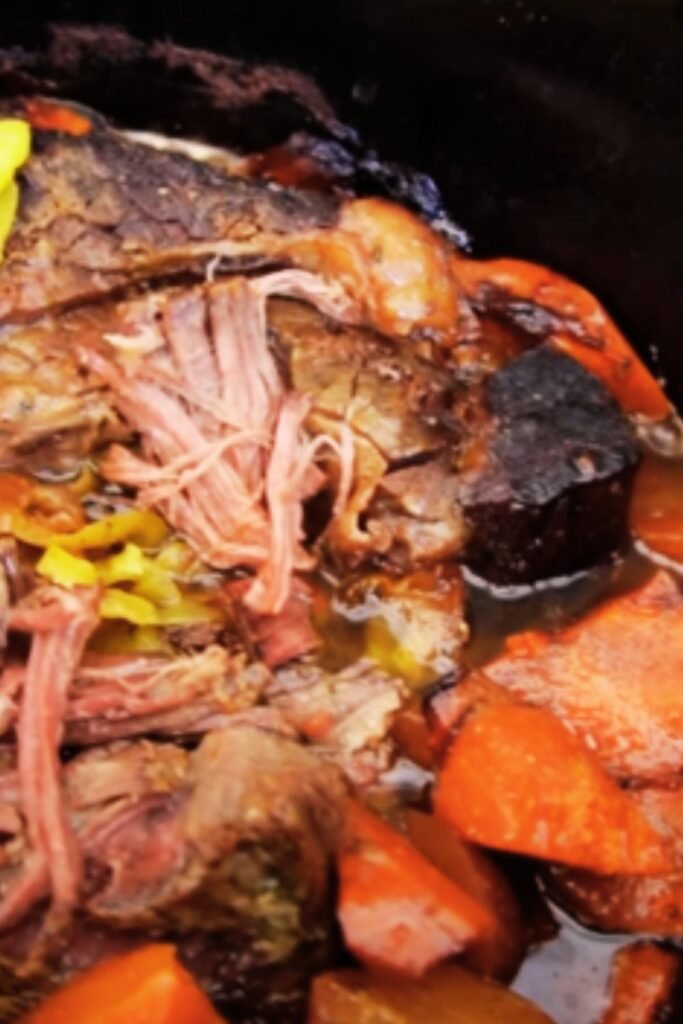
Equipment Recommendations
The right equipment makes a big difference in your pot roast results:
Slow Cooker Features Worth Having:
- 6-7 quart capacity (ideal for a 3-4 pound roast plus vegetables)
- Programmable timer with automatic “keep warm” function
- Removable ceramic insert that’s stovetop-safe (allows for searing in the same vessel)
- Clear lid for checking progress without lifting
- Locking lid for transport (perfect for potlucks)
Other Helpful Tools:
- Large cast iron skillet for searing
- Instant-read meat thermometer
- Fat separator
- Silicone or wooden utensils that won’t scratch your equipment
Frequently Asked Questions
Q: Do I really need to sear the meat first? While technically optional, searing creates incomparable depth of flavor through the Maillard reaction. Those 10 extra minutes make a world of difference in the final dish. If you’re truly pressed for time, you can skip it, but I never do.
Q: What size slow cooker do I need for pot roast? For a standard 3-4 pound roast with vegetables, a 6-quart slow cooker works perfectly. You want enough space for everything without overcrowding.
Q: Can I use frozen meat in the slow cooker? I strongly advise against it for food safety reasons. Frozen meat takes too long to reach safe temperatures in a slow cooker, creating potential for bacterial growth. Always fully thaw your roast in the refrigerator before cooking.
Q: How do I know when my pot roast is done? Perfect pot roast should be fork-tender, meaning it yields easily when prodded with a fork. If you prefer to use a thermometer, look for an internal temperature around 200-205°F, which is well above “done” but ensures collagen has fully broken down.
Q: Can I use a Dutch oven instead of a slow cooker? Absolutely! Sear the meat right in the Dutch oven, add remaining ingredients, cover tightly, and cook in a 300°F oven for about 3-4 hours, adding vegetables during the last 60-90 minutes.
Q: What if my vegetables are undercooked but the meat is done? Remove the meat, cover it to keep warm, turn the slow cooker to HIGH, and continue cooking the vegetables until tender, usually 30-60 minutes.
Q: Can I make this recipe in an Instant Pot? Yes! Sear the meat using the Sauté function, then cook on High Pressure for 60-80 minutes (depending on size) with a 15-minute natural release. Add vegetables and cook for an additional 5 minutes on High Pressure with quick release.
Why I Love This Recipe
I’ve made this slow cooker pot roast countless times over the years, tweaking and perfecting it along the way. What started as a basic Sunday dinner has evolved into our family’s most requested comfort food—the meal my kids ask for when they come home from college and the dish friends always hope I’ll bring to potlucks.
What I love most about pot roast is how it brings people together. There’s something about a slow-cooked meal that feels like care made tangible. In our busy lives, taking the time to let something cook slowly feels almost revolutionary—a reminder that good things come to those who wait.
Whether you’re a seasoned cook or just starting out, I hope you’ll give this recipe a try. There’s nothing quite like the satisfaction of lifting the slow cooker lid after a day of patience to reveal perfectly tender meat and vegetables bathed in rich, savory juices. It’s comfort food at its finest—simple ingredients transformed into something truly special through time and gentle heat.
